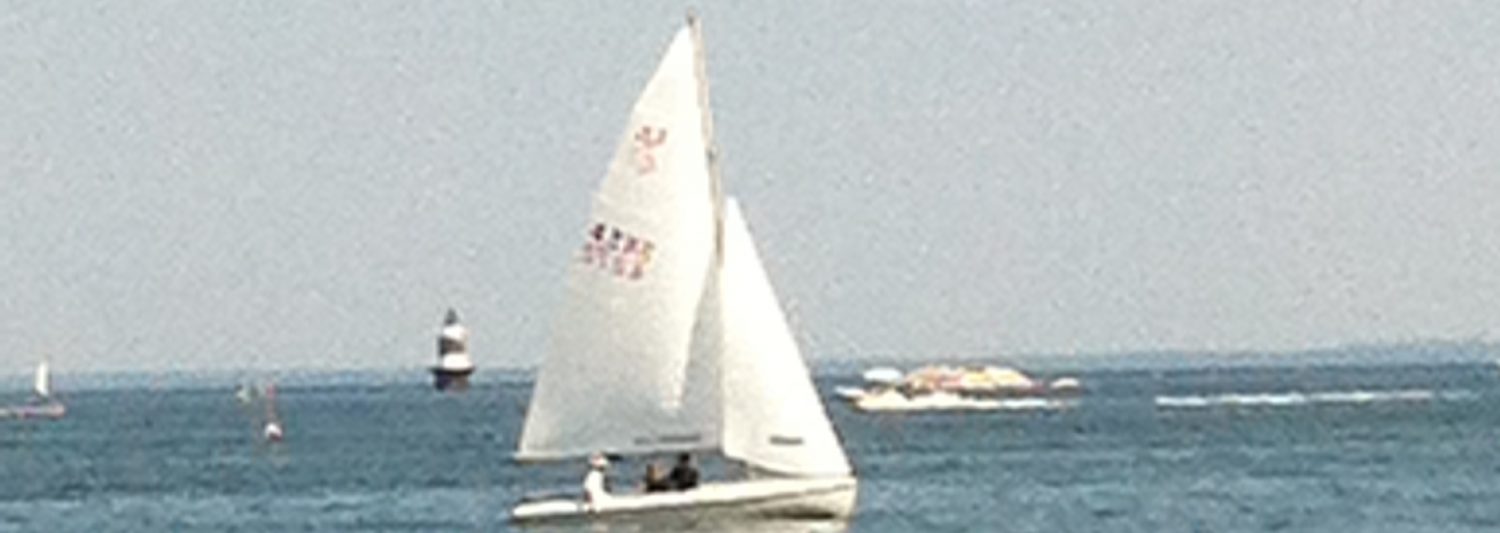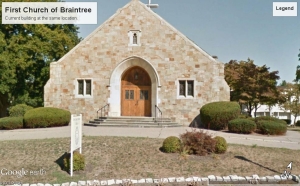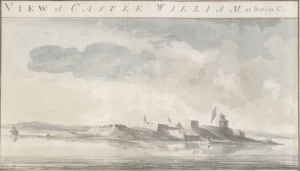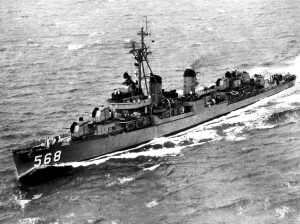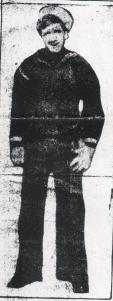Remember all the terrible losses suffered by my third great-aunt, Frances “Fanny” (White) (Burns) Ives? It seemed like it was one thing after another with her. Well, her story was just the tip of the iceberg as far as family tragedy goes. For some reason I hadn’t pursued descendancy research on her line until recently, and I have uncovered even more sadness. Here goes.
As I wrote before, Elsie was Fanny’s last surviving child and lived to adulthood. I only grazed her adult life last time; I’ve since discovered more. On January 3, 1903, she married James Lewis McNichol in Lynn, Essex County, MA. This marriage seemed not to last very long; in the 1910 Census, Elsie is listed with her maiden name and as “single”. In later censuses, James is listed as a widower. I’ve seen these statuses quite a bit for divorced people in that time frame.
On October 26, 1910, Elsie married William Younie in Boston, Suffolk County, MA. What I recently learned is that on March 21, 1911 (just five months later), they lost an unnamed baby girl. I assume this was a stillbirth. However, William and Elsie were blessed with two more children in Boston: Bernice Elsie on June 28, 1913 and William Jr. on February 15, 1916.
A blissful motherhood was not to be for Elsie; she died on February 25, 1917 of a cerebral hemorrhage. Her children were only three and one year old. Apparently William Sr. eventually was able to get some help raising their children: his mother Margaret was living with them in Boston in the 1920 Census. She is listed as being widowed, but I’ve found that his father died much later, so they may have divorced. Of course the children’s maternal grandmother (Fanny) would not have been able to help; at this time, she was committed to Westborough State Hospital which treated mental issues. Five years later, Fanny would pass away.
By 1926 the Younie family was living in Quincy, Norfolk County, MA. Bernice is shown to be a graduate of Atherton Hough School, an elementary school in Quincy. The following year, William Sr. died. I found Margaret and grandson William living at 82 Center Road in Quincy in the 1930 Census, but where was Bernice? This is where I had a most interesting find.
On the Internet Archive, I found Bernice’s name among the June 18, 1937 graduates of the Perkins Institution for the Blind in Watertown, Middlesex County, MA. (Yes, the same Perkins that Helen Keller and her teacher Annie Sullivan attended years earlier!) I did not find Bernice among Perkins’ “inmates” in the 1930 Census; I can only assume she may have been at some other institution. However, the answer to the question on the 1940 Census about where she lived in 1935 was “Watertown”, so she did spend some years there.
I have to wonder if Bernice started attending Perkins in 1933 when her grandmother Margaret died. After all, her seventeen-year-old brother was probably in no position to take care of her. I unfortunately could not find William in the 1940 Census but I did find Bernice. She was at Monson State Hospital in Monson, Hampden County, MA. From what I could see, Monson was especially known for treating epileptics. One year later, Bernice had passed away at Monson.
William ended up in the military; I assume during World War II. In the 1950 Census, he was a patient at the Vets Administration Mental Hospital in Bedford, Middlesex County, MA. At that point, he is listed as “never married”. Could he have been suffering from PTSD from the war? William seems to have lived until 1989, so there is much recent history to find out about him. I am hoping so much that he ended up with a better life!
